Description
Introducing The Unitree H1
Unitree’s first universal humanoid robot
The Unitree H1 is an advanced humanoid robot designed to combine cutting-edge AI with practical capabilities. Equipped with dexterous manipulators, precise force control, and impressive movement range, it supports industrial and research applications. Its versatile features make it ideal for dynamic tasks such as manipulation, exploration, and collaborative robotics. Built with durability and high-tech integrations, the Unitree H1 pushes boundaries in robotics innovation.

Highest power performance in the world’s approximate specifications
The Unitree H1 features a cutting-edge powertrain that maximizes speed, power, and maneuverability. With exceptional flexibility, the robot excels in performing tasks across a range of environments. Its advanced design ensures top-tier performance, making it one of the most powerful humanoid robots available today, capable of executing complex movements and adapting to various tasks with ease.
The first full-size general-purpose humanoid robot that can run in China
The Unitree H1 is the first of its kind in China to demonstrate full-scale humanoid capabilities, capable of both walking and running autonomously. With a stable gait and highly flexible movement systems, it can navigate complex terrains with ease. This robot is designed for versatility, moving fluidly in various environments, which is essential for both industrial and research applications where mobility is key.
360° depth perception
Equipped with advanced 3D LiDAR and depth cameras, the Unitree H1 can capture real-time, high-precision spatial data, providing it with 360° depth perception. This allows the robot to perform panoramic scanning of its surroundings, enhancing its ability to understand and interact with its environment. The depth perception ensures superior navigation, obstacle avoidance, and task execution across diverse settings.

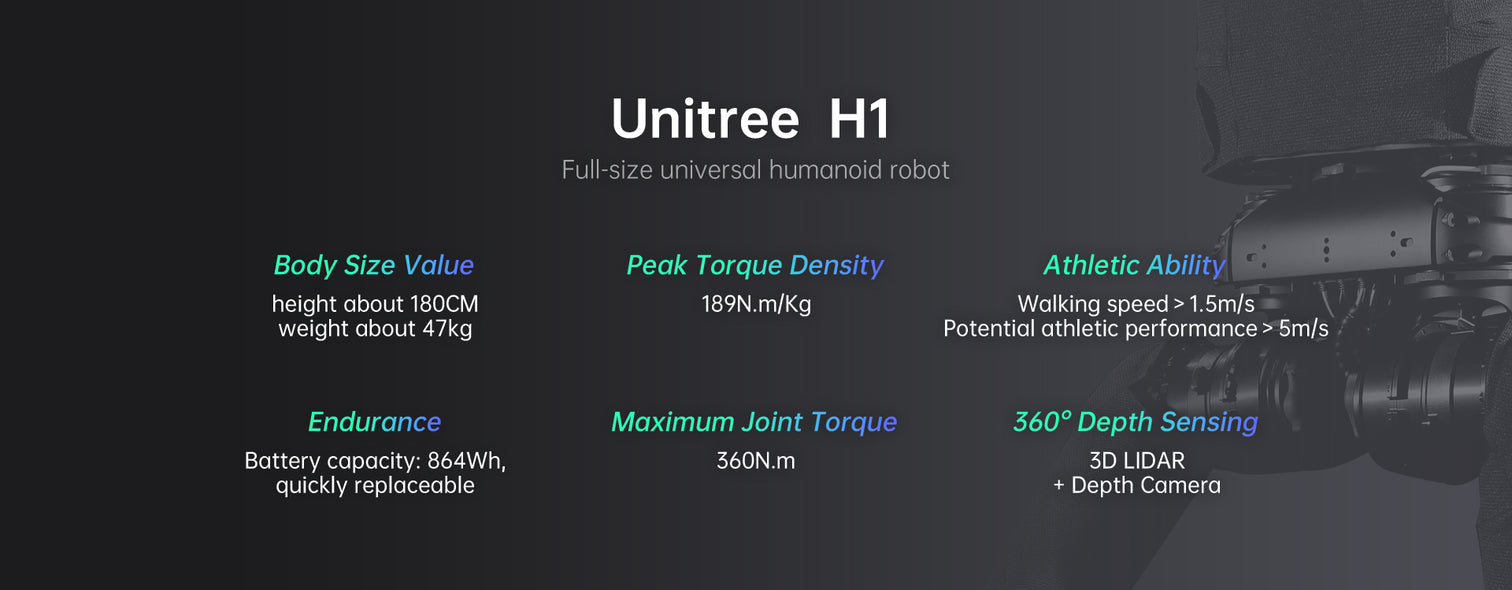
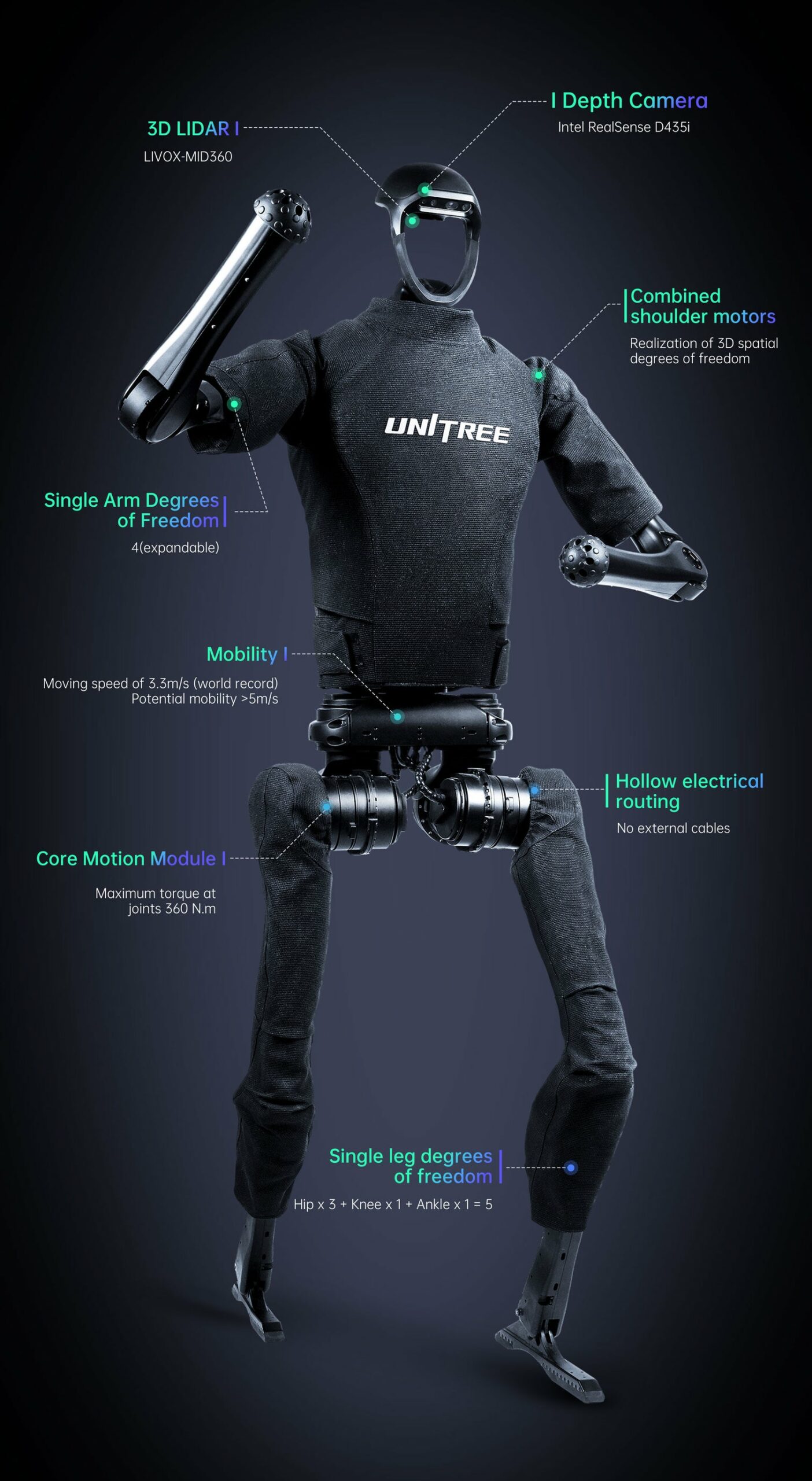
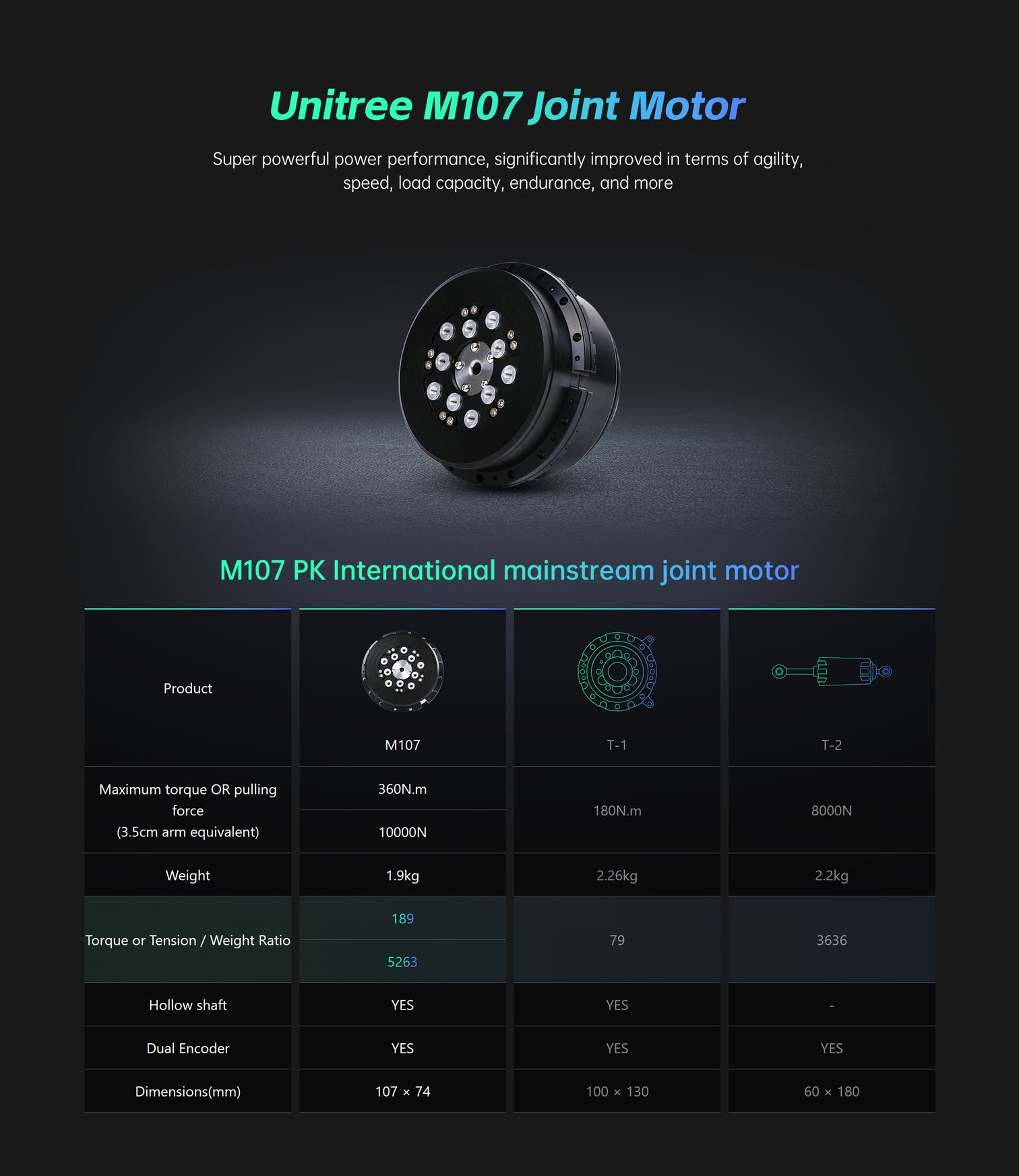

FAQs
How does the H1 maintain stability during fast or uneven movements, and what makes its gait reliable?
The H1 uses advanced control algorithms and dynamic balance systems that allow it to adapt to its environment in real time. It leverages a combination of sensor data (such as 3D LiDAR and IMU sensors) to maintain balance, even in fast or uneven environments, ensuring a stable gait.
What kind of AI does the Unitree H1 use to enhance its autonomous navigation and decision-making capabilities?
The Unitree H1 uses a deep learning framework combined with visual perception systems (including depth cameras) for real-time processing. Its AI integrates neural networks for object recognition, obstacle avoidance, and navigation in dynamic environments.
What are the differences in functionality between the H1’s walking and running modes, and how does it transition between them?
The H1 features both walking and running modes, designed for different environments. It uses advanced motion planning and control systems that allow seamless transitions between these modes. While walking prioritizes energy efficiency and stability, running maximizes speed and maneuverability in suitable terrain.
Can the Unitree H1 adapt to different environments, such as indoors and outdoors, and what sensors does it use to do so?
Yes, the H1 is designed for both indoor and outdoor use, with terrain adaptability features that include high-performance sensors like 3D LiDAR, depth cameras, and accelerometers. These sensors enable it to gather detailed environmental data, allowing for real-time adjustments in navigation and task execution.
How does the H1 compare to other humanoid robots in terms of energy efficiency, and what is its operational endurance?
The H1 achieves superior energy efficiency through its dynamic power management system, which adjusts energy consumption based on workload. Its operational endurance can vary depending on usage but typically lasts up to 2-3 hours on a single charge under normal conditions.
What makes the H1’s 360° depth perception unique compared to other robots in its class?
The 360° depth perception of the H1, enabled by a combination of 3D LiDAR and depth cameras, offers a complete view of its surroundings. This allows the robot to accurately map out its environment, detect obstacles from all angles, and navigate with high precision, which enhances its autonomous decision-making.



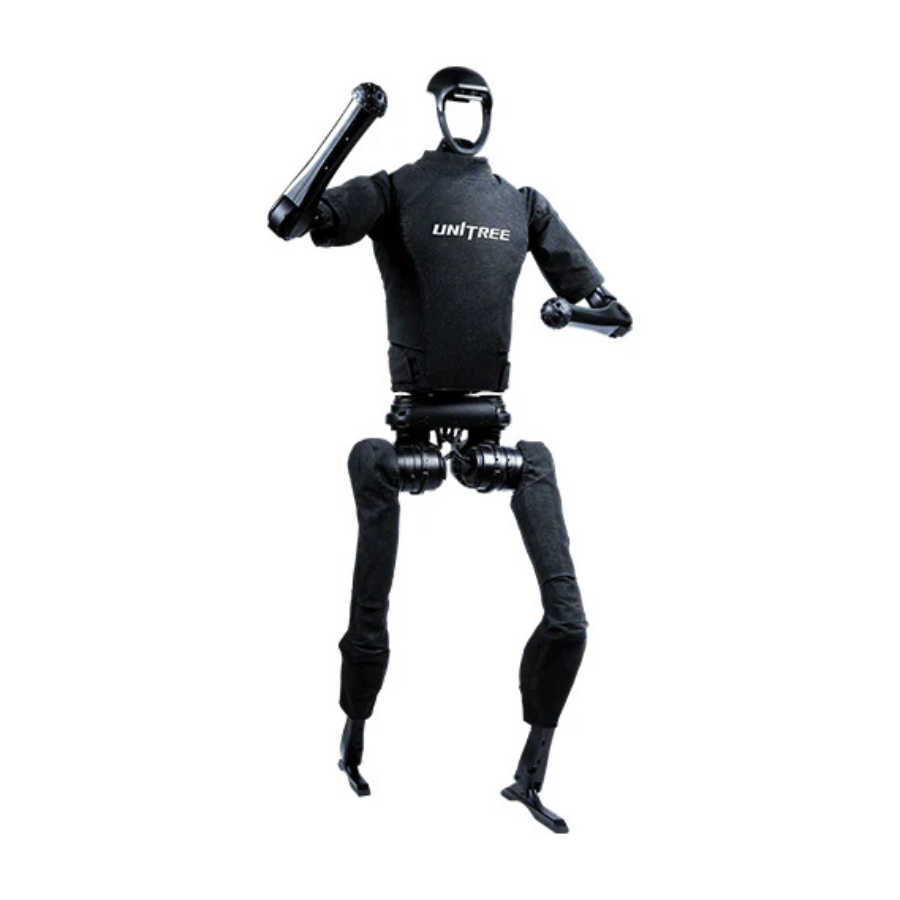


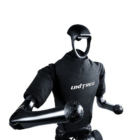

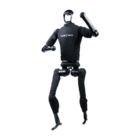


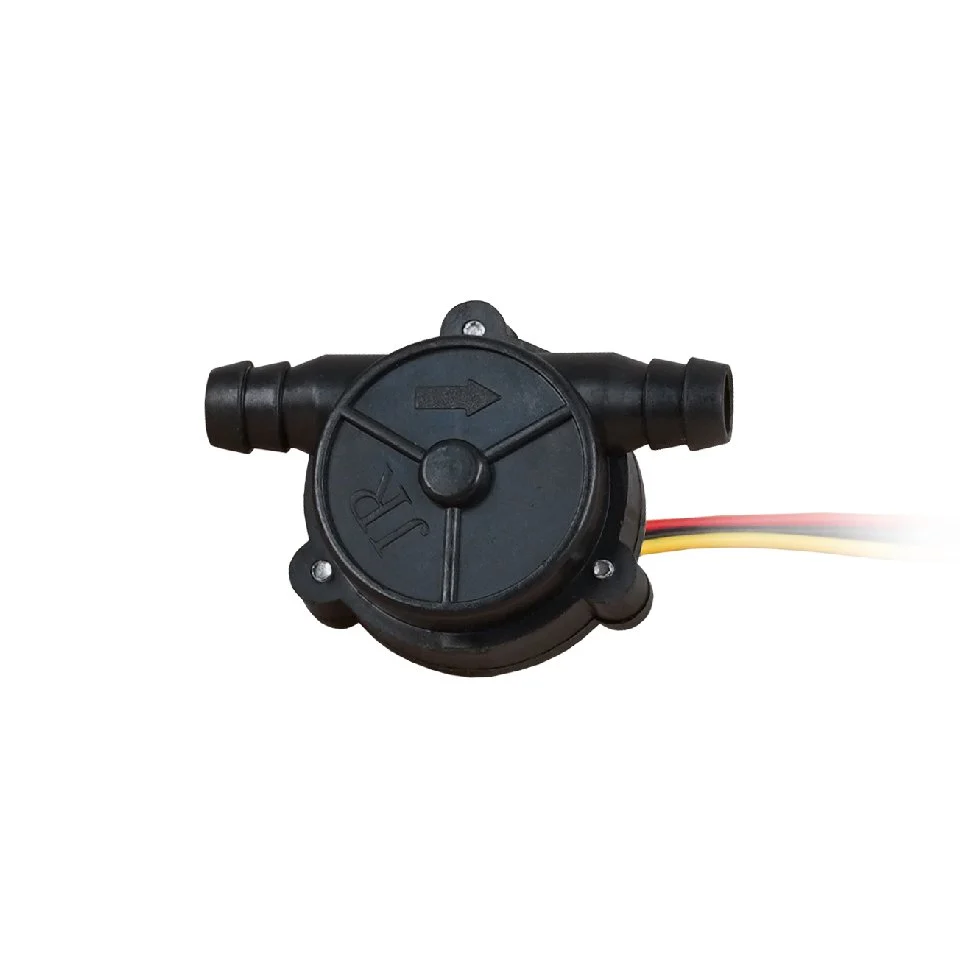












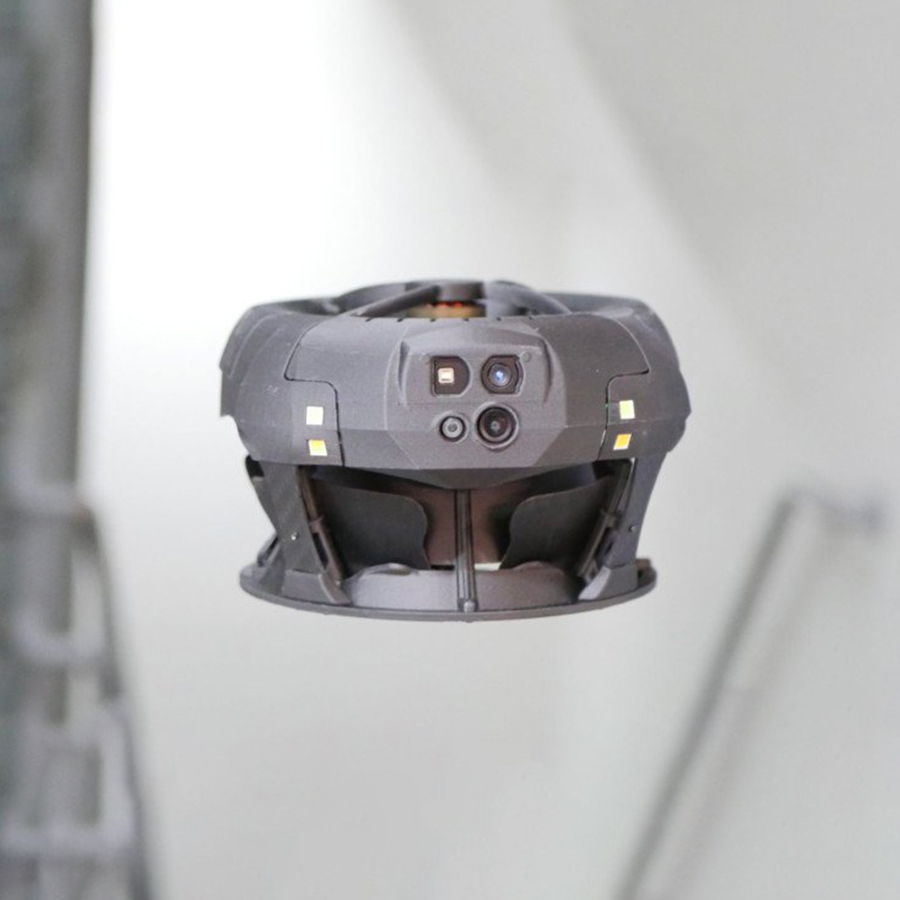

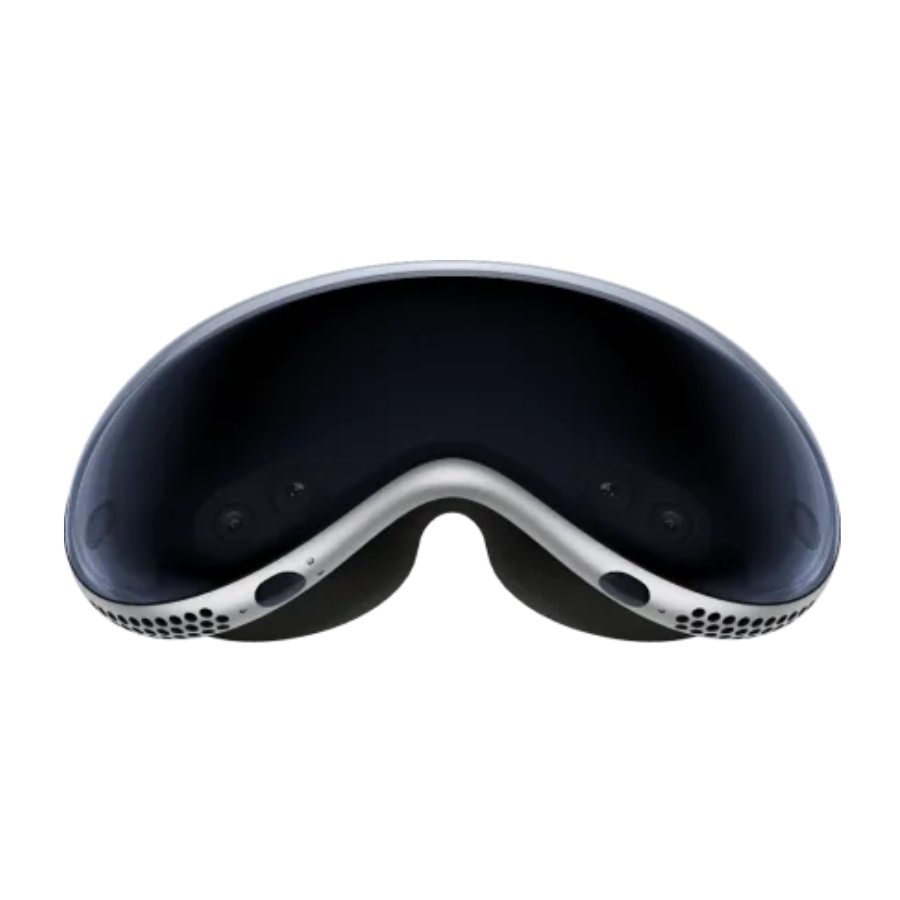

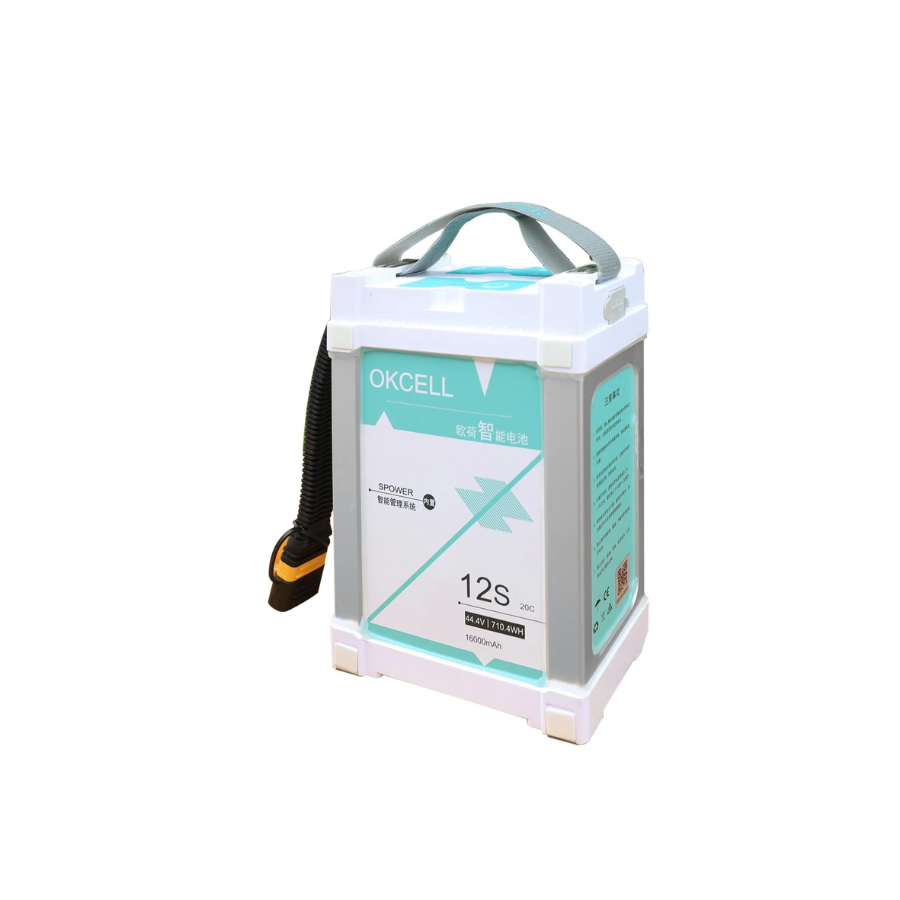

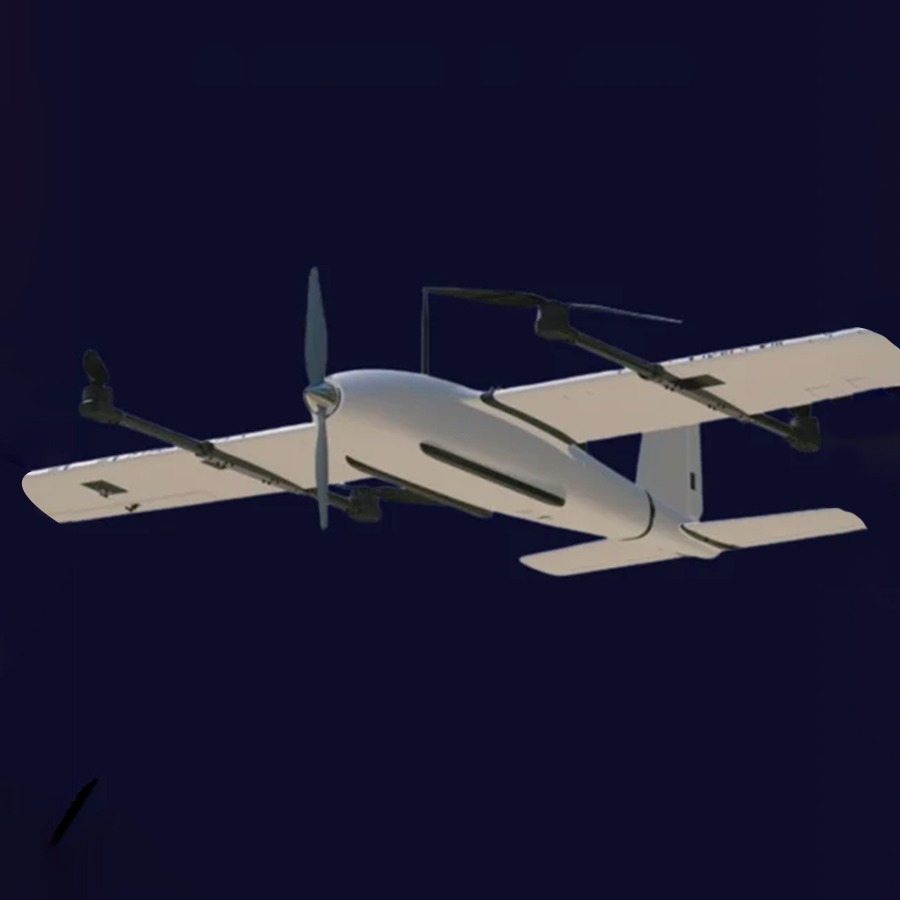



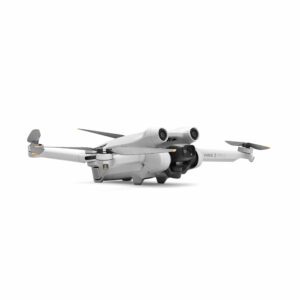




There are no reviews yet.